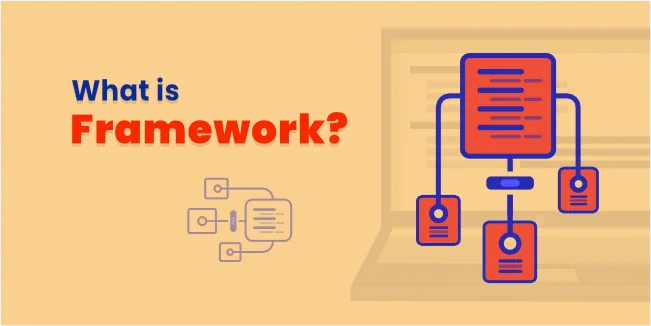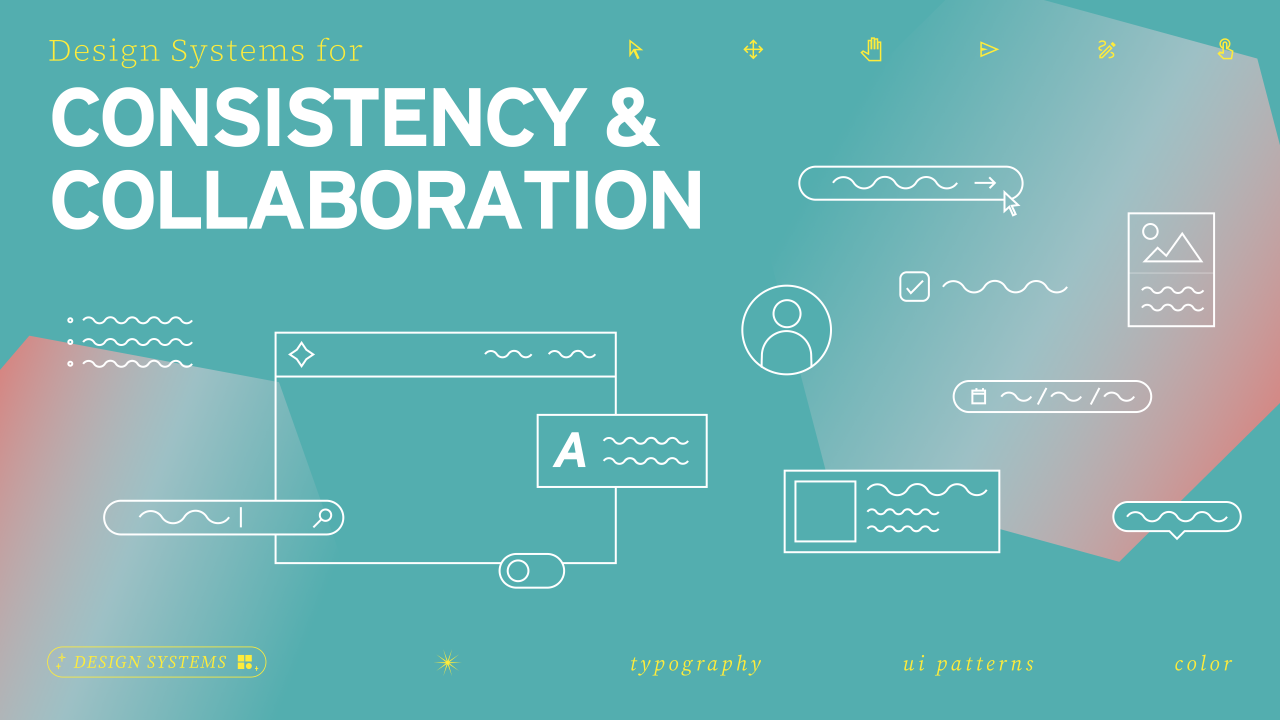The Power of UI Frameworks: Bootstrap 5
21 Feb 2024The Power of UI Frameworks: Bootstrap 5

Framework? Or just plain old HTML & CSS?
In the evolving landscape of web development, the choice between using a UI framework like Bootstrap 5 and crafting everything from scratch with raw HTML and CSS is a decision that every developer faces. Some swear by the efficiency and convenience of frameworks, while others fight for the purity of raw hand-crafted code. In this essay, we’ll dive into the complexities of UI frameworks, exploring their benefits, challenges, and the impact they can have on web development.

Understanding UI Frameworks
UI frameworks are pre-designed sets of HTML, CSS, and JavaScript components that developers can use to build user interfaces. These frameworks provide a wealth of ready-made elements such as buttons, forms, navigation bars, and grids, along with predefined styles and layouts ready for programmers to use. Bootstrap 5, one of the most popular UI frameworks, embodies this concept with its excellent library of components and utilities.

The Efficiency
As mentioned, the primary reason developers turn to frameworks like Bootstrap 5 is efficiency. By leveraging pre-built components and styles, developers can drastically reduce the time and effort required to create a polished interface. Allowing developers to focus on higher-level design and functionality, accelerating the development process without wasting time on creating the “framework” for each project. When building a responsive navigation bar from scratch. Without a framework, developers use code in the HTML structure and CSS styles to ensure proper alignment and responsiveness across various screen sizes. In contrast, Bootstrap 5 offers a navbar component that can be easily customized and integrated into their project with very minimal effort.

Consistency and Collaboration
Consistency is a universal skill that all developers must practice. In terms of HTML & CSS consistency is key to a successful user interface. Since UI frameworks like Bootstrap 5 provide a standardized set of design patterns and components, these features foster cohesion and uniformity. Developers can ensure an easier user experience that is seamless while also writing code that all fellow developers can feel familiar with Thus, UI frameworks like Bootstrap aid in facilitating collaboration within development teams by establishing shared vocabulary and workflow. Allowing developers to collaborate more effectively on designs. Thus this cohesion not only enhances productivity but also fosters a sense of unity and purpose among collaborators.
It may not be as easy as it seems
Despite their many benefits, UI frameworks are not entirely perfect. One common problem is the lack of flexibility and customization options due to using pre-built components. While frameworks do indeed offer various customization, it is only a matter of time before developers may find themselves constrained by the framework’s conventions. Additionally, there’s a learning curve associated with mastering a UI framework. It is a language of its own. Navigating the documentation, understanding the framework’s structure, and learning its utilities can be time-consuming and frustrating, particularly for beginners such as me.
My experience with Frameworks
In my journey as a web developer, I’ve had the opportunity to work with both Bootstrap 5 and write raw HTML/CSS. While Bootstrap 5 impressed me by making my life much more easier. Having to learn all its documentation and many features quite intimidated me. Especially with the fact that I would say that I’m not even that experienced with HTML/CSS. Not even close to being fluent in it. It was as if I was trying to learn 3 new languages in one go. However, I am still quite thankful for being able to use frameworks such as Bootstrap 5. Though it may be complex in its way, I can surely say it has made my life as a developer much easier.

In Conclusion
In conclusion, UI frameworks like Bootstrap 5 are powerful tools for modern web developers. They offer efficiency, consistency, and adaptability. Enabling developers to build user interfaces with ease. While there are its challenges and complexities. I can gladly say that the benefits far outweigh the costs. As the web continues to evolve and grow, UI frameworks will only play a much more increasingly pivotal role in shaping the future of web development. By embracing the power of frameworks, developers can unlock new possibilities and push the limits of what’s possible on the web.